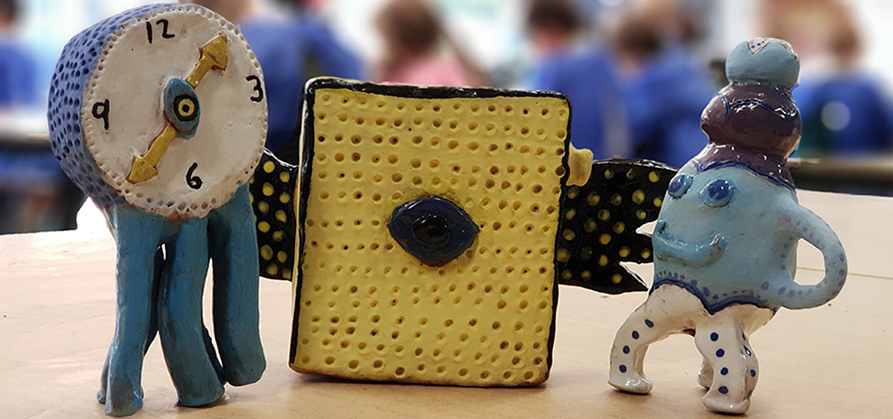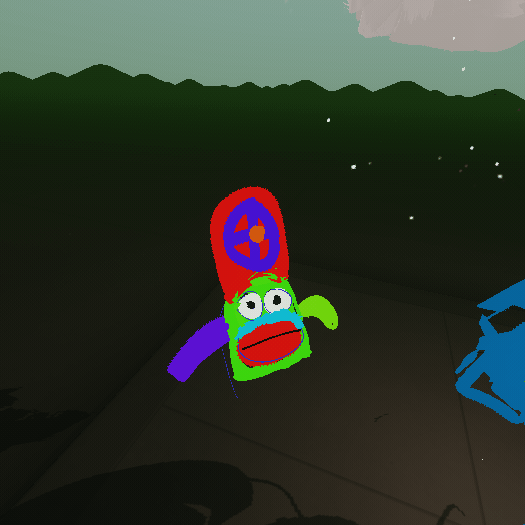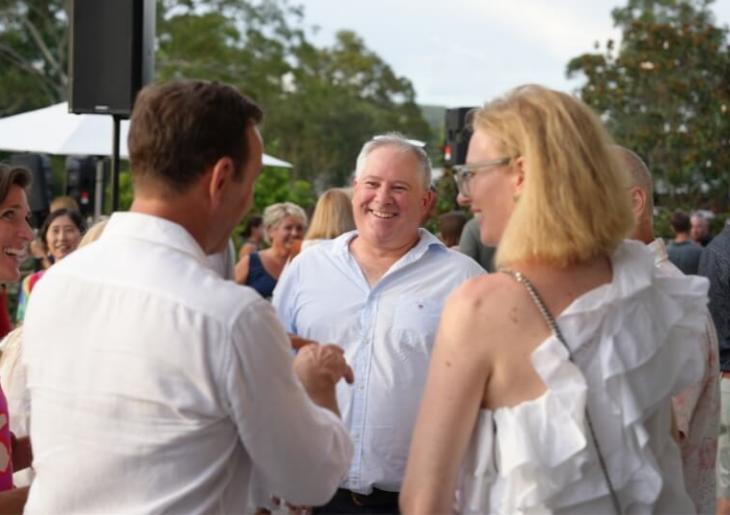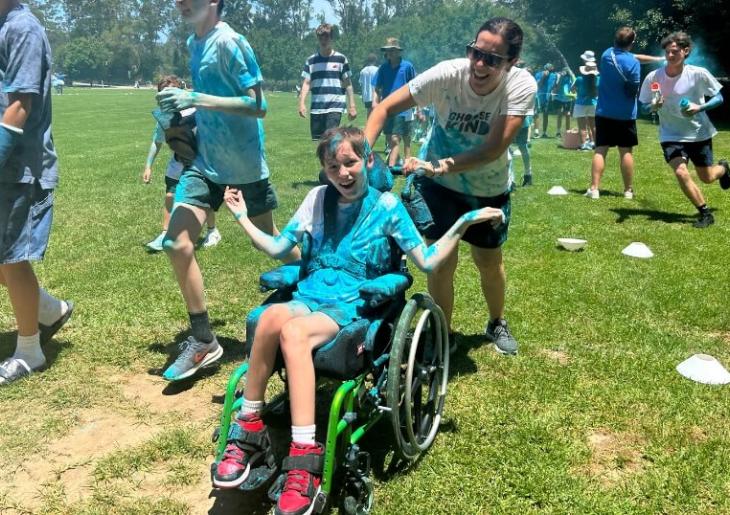Visual art in a virtual world
Whimsical ceramic forms have morphed into amazing digital productions in a virtual reality in art experience enhancing learning for year 6 students.
The hands on experience saw visual art students create their own virtual reality productions, animating their artistic hand-made forms to come alive in a virtual world. The marriage of classic artistic mediums with new virtual reality technology allows students to develop digital literacy across a range of subjects and experiences.
The inspiration for this unit was the artist Shaun Tan and his work in both film and illustration. Working with the theme “The Lost Thing”, from Tan’s book, students also took inspiration from Tan’s ceramic works based on the Brothers Grimm’s fairy tales, as found in another of Tan’s titles, “The Singing Bones”.
The creative process involved students developing their own ‘whimsical form’ using multiple mediums. Firstly, students designed their form using coloured rendering on paper, and then using their hand-drawn designs, students constructed a three dimensional form in clay, decorating the piece using ceramic underglazes.

The next stage saw students utilise Virtual Reality and the Oculus Rift application ‘Tilt Brush’ to develop their form in a virtual world. Students grasp their virtual palette and paint brush and draw their form in three dimensions in a virtual environment. Students developed graphic design skills including virtual image manipulation and the ability to manipulate virtual tools in a graphical environment.
Mr Gavin Summers, Director of Innovative Learning and Digital Literacy at CCGS said that the virtual reality in art experience has added a new dimension of skill development to visual arts, cultivating three dimensional thinking in the virtual world.
“It has been particularly interesting to observe which students were easily able to create their creatures in 3D and which students’ thinking remained within 2 dimensions. I believe that this has been a valuable addition to an engaging, imaginative learning sequence,” Gavin said.
CCGS’s strategic plan outlines a commitment to a next generation education, which includes an emphasis on integrating digital literacy into mainstream learning. A focus on effective and meaningful use of technology in multiple settings allows students various pathways to enhance their digital skills.
The plan also places an emphasis on education that reflects real world practice. Art in industry is frequently created in the digital space and embracing these emerging technologies allows students to develop skills that can be used in future careers.
In this instance the end result of this strategic focus are whimsical and dynamic creations, of which Year 6 students can be proud.





